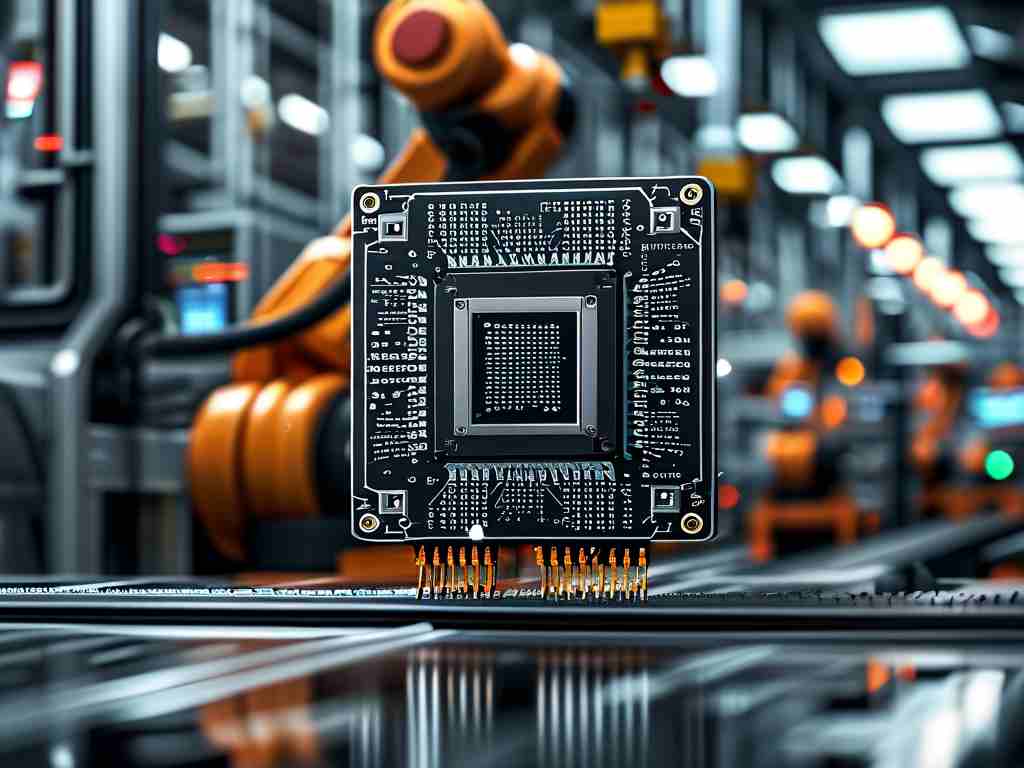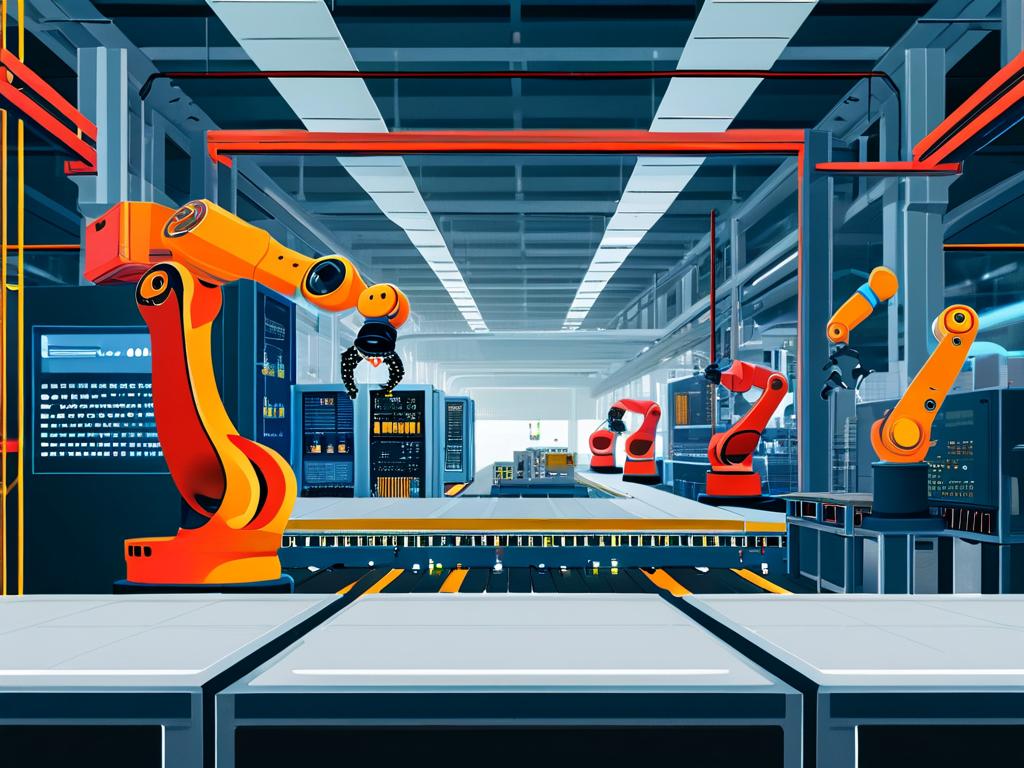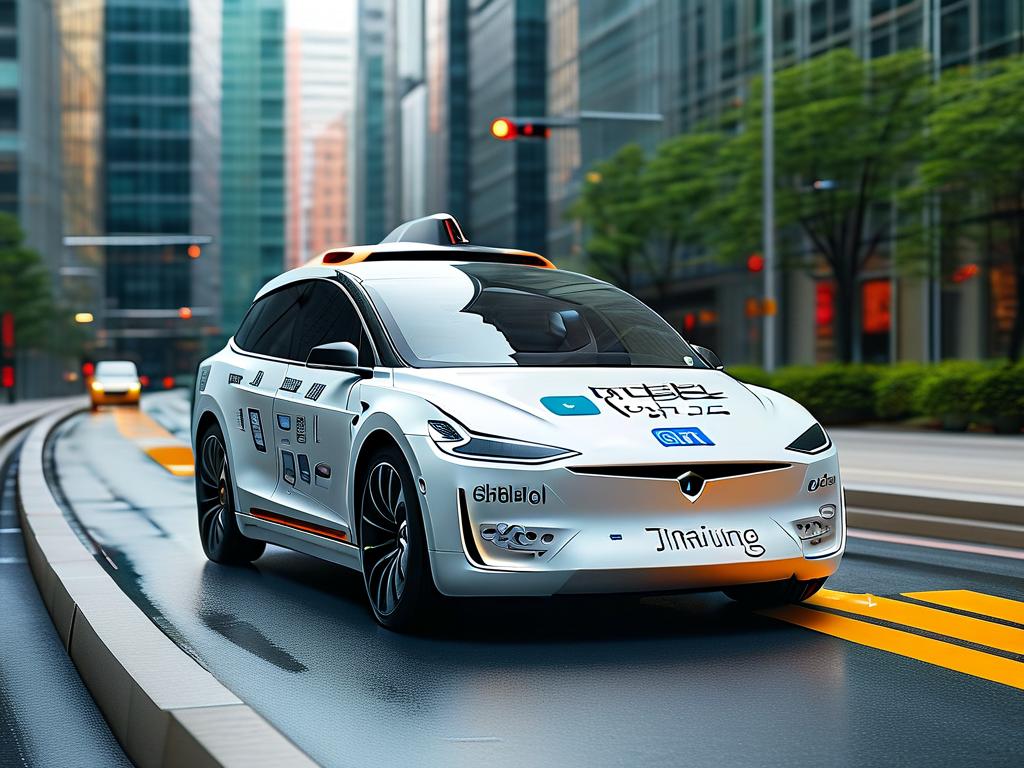In the era of data-driven decision-making, understanding the computational power required by common algorithms has become critical for optimizing system performance, reducing energy consumption, and enabling scalable solutions. This article explores the computational demands of widely used algorithms across different domains, analyzing factors like time complexity, space complexity, and hardware dependencies.
1. Sorting Algorithms
Sorting algorithms exemplify how computational needs vary with design.
- Bubble Sort (O(n²) time complexity): Requires minimal memory but becomes impractical for large datasets due to quadratic growth in operations.
- Quick Sort (O(n log n) average case): Balances speed and memory but demands stack space for recursion.
- Merge Sort (O(n log n) time): Guarantees consistent performance but requires O(n) auxiliary memory.
For a dataset of 1 million elements, Bubble Sort would need ~1 trillion operations, while Quick Sort reduces this to ~20 million. This highlights how algorithm choice directly impacts CPU cycles and energy use.
2. Graph Algorithms
Graph traversal and pathfinding algorithms demonstrate computational scaling challenges:
- Dijkstra's Algorithm (O((V+E) log V)): Suitable for sparse graphs but struggles with dense networks due to priority queue overhead.
- Floyd-Warshall (O(n³)): Solves all-pairs shortest paths but becomes infeasible for graphs with >10,000 nodes without parallel computing.
Real-world applications like GPS navigation systems combine heuristic optimizations (e.g., A* algorithm) with spatial partitioning to manage computational load.
3. Machine Learning Algorithms
ML algorithms showcase how computational needs explode with data dimensionality:
- Linear Regression (O(n³) for matrix inversion): Handles moderate datasets but requires optimization tricks for n > 10,000 features.
- Convolutional Neural Networks (CNNs): Training ResNet-50 on ImageNet needs ~3.8 exaflops, equivalent to 27 days on an NVIDIA V100 GPU.
The rise of transformer models like GPT-4 (requiring ~2.15×10²³ operations) has pushed the boundaries of distributed computing, necessitating multi-GPU clusters and model parallelism.

4. Cryptographic Algorithms
Security protocols rely on carefully calibrated computational asymmetry:

- RSA-2048: Encryption uses O(k³) operations (k=key length), while brute-force cracking requires ~10²³ operations – infeasible for classical computers.
- SHA-256: Designed with O(n) hashing complexity but intentionally compute-heavy to resist ASIC attacks in blockchain systems.
Quantum computing threatens to disrupt this balance, as Shor's algorithm could factor primes in O((log n)³), breaking RSA-2048 with ~20 million qubit operations.
5. Hardware Considerations
Algorithmic efficiency interacts with modern hardware architectures:
- Parallelization: MapReduce-style algorithms leverage distributed systems to divide O(n) tasks across clusters.
- GPU Acceleration: Matrix-based algorithms (e.g., deep learning) achieve 10-100x speedups via CUDA cores.
- Quantum Advantage: Grover's algorithm provides O(√n) speedup for unstructured search, potentially revolutionizing optimization problems.
6. Energy Efficiency Metrics
The computational power required translates directly to energy costs:
- A single Google search uses ~0.3 Wh (equivalent to 1,000 Joules), involving multiple ranking algorithms.
- Bitcoin's Proof-of-Work consensus requires ~150 terawatt-hours annually – more than entire countries.
Emerging research focuses on "green algorithms" that optimize FLOPs per watt, combining algorithmic improvements with hardware-aware designs.
The computational power required by algorithms spans from polynomial to exponential scales, influenced by problem size, implementation details, and hardware constraints. As Moore's Law slows, the focus shifts to algorithm-architecture co-design, quantum-inspired optimization, and energy-aware computing. Understanding these requirements enables better system design – whether deploying lightweight algorithms on IoT devices or orchestrating exascale computations for AI training. Future advancements will likely emerge from hybrid approaches combining classical, quantum, and neuromorphic computing paradigms.









